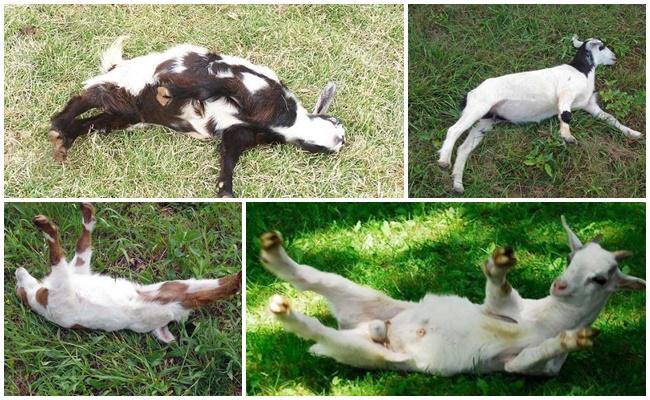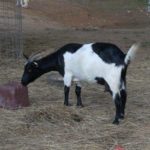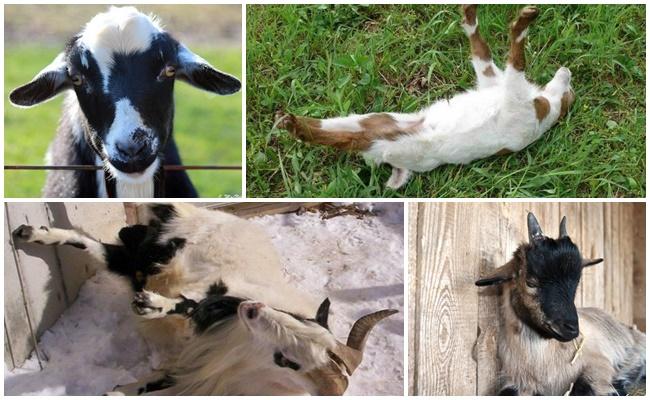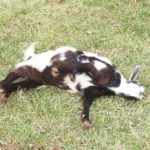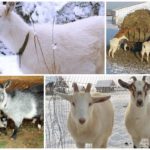Goats are raised by farmers and owners of small private farms. The meat and milk of these domestic animals are especially valued. All types of animals behave differently when scared, but there are goats that fall when scared. Their peculiarity is due not to selection, but to genetic mutation. Scientists from all over the world are still interested in this phenomenon today and are interested in preserving such a population.
A little history
Fainting, or myotonic, goats were first bred in the American state of Tennessee. They turned out in the process of unplanned changes in selection.Animals can fall when frightened due to a rare genetic disease. However, the origin of the gene that is responsible for this property is still unknown.
The only thing that has been proven is that the gene is transmitted, but appears in relatives after a generation. Scientists have also proven that when a normal goat is crossed with a myotonic goat, a fainting appearance is born.
The first mention of fainting goats dates back to 1880. The references say that one of the Tennessee farmers sold 4 small goats of a unique breed to a local livestock breeder. According to his stories, they froze when they saw danger.
Now this breed is rare, and its existence continues only thanks to breeders who in the 1980s. maintained the breeding. In 1989, a special association was created that supports the breeding and preservation of the purity of the gene pool of this species. From a scientific point of view, the disease was described in 1904.
It's sad that sometimes farmers use animals as bait, sometimes they release them to pasture instead of dogs. The animal quickly notices the predator and falls, becoming both an easy prey and a savior for the herd. But we must take into account that this is not only cruel, but also ineffective, especially in situations when more than one predator is moving towards the herd.
Main reasons
The cause of fainting in goats can be fear of any nature. Such situations include:
- The goat noticed the approach of a predatory animal.
- The man standing near the goat began to behave aggressively.
- A car passing nearby was moving fast or making loud noises.
- Severe overeating and other reasons.
Their nervous system is designed in such a way that they can get scared even after a slight nervous strain. So, this could be a meeting with a goat of the opposite sex, which seems attractive to the animal, or the owner offers a larger portion of food than the standard one. The last reason is relevant if you offer them a lot of grain (one of the favorite treats of fainting goats).
A frightened animal's muscles become paralyzed and it falls on its back or side with its legs outstretched. It has been proven that in this state they do not feel pain and are fully conscious, but the muscles are paralyzed. Because of these abilities, they are also called stiff-legged or wooden.
It is genetically determined that the breed not only falls, paralyzed when frightened, but has a relatively large weight. They are lazy and passive in behavior, slow. Interestingly, even a newborn animal can become numb for up to 10 seconds.
Features of fainting goats
As for appearance, the average height of individuals of this breed is 45-65 cm, weight - 30-80 kg, but males reach 100 kg. The body shape of the animal is barrel-shaped, the eyes are slightly bulging. The coat is smooth, with a slight sheen; a thin undercoat grows in the winter. The predominant color is black and white.
Fainting goats reach adulthood at 4 years of age. Life expectancy, on average, is 13-14 years. Animals have a developed maternal instinct. Heart disease is not uncommon for fainting goats. In case of illness, such animals are easier to treat than ordinary ones. They take the haircut process calmly.
They produce little milk, but are bred as meat breeds.It is believed that their meat is not fatty and has good taste. Some scientists believe that, apart from their genetic characteristics, they are nothing else remarkable.
What to do if your goat faints
After the goat fainted, she lies motionless for up to 15 seconds, after which the paralyzed muscles begin to recede. As soon as she feels relief, she tries to get up, but her movements will be constrained and chaotic for a couple of minutes. 1-2 minutes after fainting, the animals return to their normal lifestyle.
Because of this, if there are no predators nearby and the shock after fainting is not severe, fainting goats do not need help or care.
In rare cases, the danger may be an unfortunate fall. Fainting goats in case of paralysis fall on their backs, so they can run into a sharp or hard object with their ridges. Theoretically, they can also receive damage if fright catches them while running fast. In practice, cases of injury during fainting are very rare.
Human interaction
Goats, which fall and freeze for a while when frightened, are mainly used on farms for a specific purpose. This is the use of a herd as a shepherd or a distracting object in case of a predator attack. The animals are calm and balanced. They also earn money by filming entertainment shows and competitions. Such animals are a real highlight on farms that often receive tourists. Scientists also come to such farms and continue to study the phenomenon.
In Tennessee, there is even a festival dedicated to goats of this breed every fall. At the event, a lot of attention is paid to animals; entertainment competitions, fairs are organized for guests, and there is a musical program.
Farmers do not breed only this species at home, since it is not profitable or advisable. The best option would be to keep fainting goats in a herd along with regular goats.

